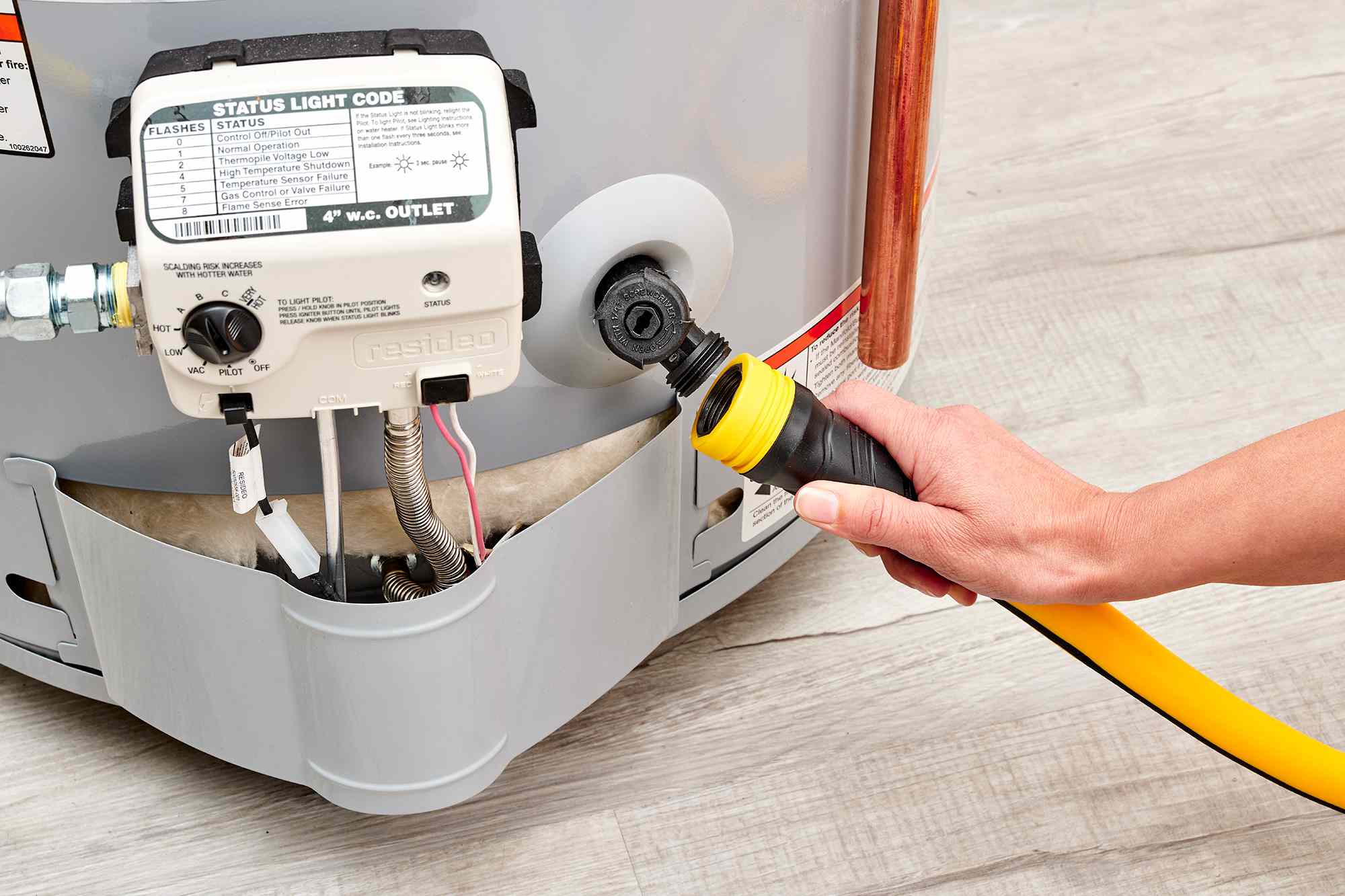

Articles
How Often Should You Drain Your Water Heater
Modified: October 31, 2024
Discover how often you should drain your water heater with these insightful articles. Take proper maintenance steps to extend the lifespan of your appliance and maintain optimal performance.
(Many of the links in this article redirect to a specific reviewed product. Your purchase of these products through affiliate links helps to generate commission for Storables.com, at no extra cost. Learn more)
Introduction
Water heaters play a crucial role in providing hot water for various household activities, including bathing, cooking, and cleaning. Over time, sediment and minerals can accumulate at the bottom of your water heater tank, affecting its efficiency and overall performance. That’s why it’s important to regularly drain your water heater to remove these deposits and ensure optimal functioning.
In this article, we will discuss the factors that affect the frequency of water heater drainage, signs indicating the need for drainage, and the recommended frequency of maintenance. Additionally, we will provide you with a step-by-step guide on how to drain your water heater effectively and safely.
Before we dive into the details, it’s essential to understand the importance of maintaining your water heater. Regular maintenance not only extends the lifespan of your appliance but also ensures energy efficiency, cost savings, and reliable hot water supply. Neglecting the maintenance of your water heater can lead to reduced heating capacity, increased energy consumption, and even potential damage to the unit.
Now, let’s delve into the factors that influence how often you should drain your water heater.
Key Takeaways:
- Regularly draining your water heater prevents sediment buildup, improves energy efficiency, and extends the appliance’s lifespan. It also ensures a consistent supply of hot water and reduces operating costs.
- Factors such as water quality, usage patterns, and the age of your water heater should be considered when determining the ideal frequency of drainage. Safety precautions are crucial when performing maintenance tasks.
Factors Affecting Frequency of Water Heater Drainage
The frequency at which you should drain your water heater depends on various factors. Understanding these factors will help you determine the ideal maintenance schedule for your specific appliance. Here are the key factors that affect the frequency of water heater drainage:
- Water Quality: The quality of the water in your area plays a significant role in determining how quickly sediment and minerals build up in your water heater tank. If you have hard water, which contains a high concentration of minerals such as calcium and magnesium, you may need to drain your water heater more frequently. Hard water tends to leave behind mineral deposits that can reduce the efficiency of your water heater.
- Usage: The amount of hot water your household uses can impact the frequency of needed drainage. If you have a large family or frequently host guests, your water heater will experience more demand, leading to a higher accumulation of sediment. Regular drainage is necessary to prevent sediment from interfering with the heating element and reducing the water heater’s efficiency.
- Age of the Water Heater: The age of your water heater is another factor to consider. Older units may be more prone to sediment buildup and corrosion, requiring more frequent drainage. As water heaters age, they tend to become less efficient and may need extra care and maintenance.
- Manufacturer’s Recommendations: It’s essential to refer to the manufacturer’s guidelines for your specific water heater model. Manufacturers often provide recommendations on the frequency of maintenance tasks such as draining the tank. Following these guidelines ensures that you maintain your warranty and keep your water heater functioning optimally.
- Local Water Regulations: Some local water regulations may require periodic water heater maintenance, including drainage. These regulations aim to ensure the safety and efficiency of water heaters in a community. It’s crucial to familiarize yourself with any applicable local regulations to comply with the guidelines and protect your investment.
Considering these factors, it’s recommended to assess and evaluate the condition of your water heater periodically. This evaluation, along with the factors discussed, will help you determine the ideal frequency of drainage for your specific situation.
Signs That Your Water Heater Needs to be Drained
Regular maintenance, including draining your water heater, is essential to keep it running smoothly and efficiently. But how do you know when it’s time to drain your water heater? Here are some signs that indicate your water heater needs to be drained:
- Rusty or Discolored Water: If you notice rusty or discolored water coming out of your hot water taps, it’s a clear indication that sediment has built up in your water heater tank. This sediment can corrode the inner lining of the tank and mix with the water, causing it to look rusty or dirty. Draining the tank will help remove the sediment and restore the clarity of your hot water.
- Noise and Rumbling: Sediment buildup inside the water heater can create a layer that causes popping or rumbling noises during heating cycles. These sounds indicate that the sediment is hindering the heating process and can even damage the tank if left unaddressed. Flushing out the sediment through proper drainage can eliminate these noises and restore the heater’s efficiency.
- Longer Heating Times: If you notice that it takes longer for your water heater to heat up the water, it may be a sign of sediment accumulation. The sediment acts as an insulating layer, making it harder for the heating element to heat the water efficiently. Regularly draining the tank will help remove the sediment and improve the water heater’s performance.
- Reduced Water Flow: Sediment buildup can restrict the flow of hot water through the pipes, resulting in reduced water pressure. If you find that your water flow is weaker than usual, it’s likely that sediment has accumulated in the tank. Draining the water heater will help flush out the sediment and restore proper water flow.
- Higher Energy Bills: When sediment accumulates in the water heater tank, it forces the heating element to work harder to heat the water. As a result, your water heater becomes less energy-efficient, leading to higher energy bills. Regularly draining the tank helps eliminate the sediment and improve energy efficiency, ultimately reducing your utility costs.
Keep an eye out for these warning signs and make a note of them. If you observe any of these signs, it’s time to drain your water heater to remove the sediment and ensure optimal performance.
Recommended Frequency of Water Heater Drainage
The frequency at which you should drain your water heater can vary depending on the factors we discussed earlier. However, as a general guideline, experts recommend draining your water heater at least once a year. This regular maintenance helps prevent sediment buildup and ensures the longevity and efficiency of your water heater.
For households with hard water or higher water usage, more frequent drainage may be necessary. In such cases, consider draining your water heater every six months. Draining it more often will help prevent excessive sediment accumulation and maintain optimal performance.
It’s important to note that the recommended frequency is just a guideline, and you should assess your specific situation to determine the ideal interval for your water heater maintenance. Factors such as water quality, usage patterns, and the manufacturer’s recommendations should all be taken into account.
One effective approach is to inspect your water heater annually to determine the amount of sediment present. This inspection can be done by partially draining a small amount of water from the tank and examining it for sediment. If you notice a substantial amount of sediment, it may be an indication that more frequent drainage is required.
Remember, regular maintenance of your water heater, including drainage, can help extend its lifespan, improve energy efficiency, and ensure a reliable supply of hot water. By following the recommended frequency of water heater drainage, you can avoid potential issues and enjoy the benefits of a well-maintained appliance.
It is recommended to drain your water heater at least once a year to remove sediment buildup and improve its efficiency. If you have hard water, consider draining it every 6 months.
Step-by-Step Guide on How to Drain Your Water Heater
Draining your water heater may seem like a daunting task, but with the right tools and a step-by-step approach, it can be a straightforward process. Here’s a guide on how to drain your water heater effectively:
- Turn Off the Power: Before starting the draining process, ensure that your water heater is turned off. For electric water heaters, switch off the circuit breaker dedicated to the heater. If you have a gas water heater, turn the thermostat to the “Pilot” setting.
- Prepare for the Drainage: Place a bucket or a large container near the drain valve of your water heater. The drain valve is usually located near the bottom of the tank. Connect a garden hose to the valve and position the other end in a suitable drainage area, like a floor drain or outdoors.
- Open the Pressure Relief Valve: Locate the pressure relief valve on the water heater, typically located on the side near the top. Lift the lever to open the valve and release the pressure inside the tank. This step is crucial to prevent a vacuum from forming as you drain the water.
- Drain the Tank: Slowly open the drain valve on the water heater by turning it counterclockwise. Allow the water to flow out of the tank and into the bucket or the attached garden hose. Be cautious as the water may be hot. Once the water flow has stopped, close the drain valve tightly.
- Perform a Flushing Process (Optional): If you want a thorough cleaning, you can perform a flushing process to remove any remaining sediment. To do this, close the pressure relief valve and turn on the cold water supply to the water heater. This will create a flushing action, loosening and removing any remaining sediment. Let the water flow for a couple of minutes before turning it off and reopening the drain valve to drain the water.
- Check the Sediment: Examine the water collected in the bucket or the hose for any signs of sediment. If you notice significant amounts of sediment, it may indicate the need for more frequent maintenance or water conditioning to reduce sediment buildup.
- Close the Drain Valve and Restore Power: Once the tank is fully drained, close the drain valve tightly. Remove the garden hose if used and ensure all connections are secure. Turn on the cold water supply to refill the tank. Once the tank is full, you can restore power to the water heater by turning on the circuit breaker or resetting the thermostat.
By following these steps, you can successfully drain your water heater and remove sediment buildup, ensuring optimal performance and longevity.
Read more: When Should You Replace Water Heater
Safety Precautions When Draining Your Water Heater
While draining your water heater is an essential maintenance task, it’s important to prioritize safety throughout the process. Here are some safety precautions to keep in mind:
- Turn Off the Power: Before starting any maintenance on your water heater, always turn off the power supply. For electric water heaters, switch off the circuit breaker dedicated to the heater. For gas water heaters, turn the thermostat to the “Pilot” setting. This step will prevent any accidents or electrical shocks.
- Allow the Water to Cool: Hot water can cause burns, so it’s crucial to allow the water in the tank to cool before beginning the draining process. Ideally, wait for a few hours or overnight to ensure the water is at a safe temperature.
- Use Protective Gear: When handling the drain valve or the connected hoses, wear protective gloves. This will protect your hands from any hot water or sharp edges that may be present.
- Beware of Hot Water: The water coming out of the drain valve can be scalding hot. Take extra caution when handling the bucket or the hose to avoid burns. Make sure to position the bucket or the hose in a way that prevents any splashing or direct contact with your skin.
- Be Mindful of Pressure Buildup: Open the pressure relief valve before opening the drain valve to release any built-up pressure in the tank. This step prevents a vacuum from forming and allows for a smooth draining process.
- Ensure Proper Ventilation: If you have a gas water heater, ensure that the area is well-ventilated. Gas fumes can be dangerous if not properly ventilated, so make sure there is enough fresh air flow while you work on the water heater.
- Follow Manufacturer’s Guidelines: Refer to the manufacturer’s instructions for your specific water heater model, as it may have specific safety recommendations or precautions. Following these guidelines will help ensure a safe and effective maintenance process.
By following these safety precautions, you can minimize the risk of accidents or injuries while draining your water heater. Remember, if you feel unsure or uncomfortable performing the maintenance yourself, it’s always recommended to contact a professional plumber who has the expertise and experience to handle the task safely.
Benefits of Regular Water Heater Maintenance
Regular maintenance of your water heater, including draining, offers numerous benefits that improve the performance, efficiency, and longevity of your appliance. Here are some key benefits of regular water heater maintenance:
- Improved Energy Efficiency: Over time, sediment buildup in your water heater can act as an insulating layer, making it harder for the heating element to warm the water effectively. This reduces efficiency and leads to increased energy consumption. By regularly draining your water heater, you remove the sediment and restore its energy efficiency, resulting in lower utility bills.
- Increase in Lifespan: Sediment and mineral buildup can cause corrosion and damage to the internal components of your water heater. Regular maintenance, including draining, helps prevent these issues and extends the lifespan of your appliance. A well-maintained water heater can last significantly longer, saving you from the hassle and expense of premature replacement.
- Reduction in Operating Costs: By maintaining your water heater properly, you can minimize operating costs. Regular draining removes sediment that can clog plumbing lines, reducing water flow and requiring additional energy to heat the water. By maintaining optimal performance, you can avoid costly repairs and ensure efficient operation of your water heater.
- Improved Water Quality: Sediment and minerals can affect the quality and taste of your hot water. Regular maintenance, including draining, helps remove these impurities and ensures cleaner, fresher-tasting water. This is particularly beneficial for households with hard water, as it helps reduce the mineral content and improve overall water quality.
- Prevention of Costly Repairs: Neglecting regular maintenance can lead to various issues such as tank corrosion, malfunctioning components, and leaks. These problems can be costly to repair and may even require the replacement of the entire water heater. By performing regular maintenance tasks such as draining, you can catch potential issues early on and address them before they escalate, saving you from expensive repairs.
- Consistent Hot Water Supply: Sediment buildup can affect the heating element’s ability to warm the water in your heater quickly. Regular maintenance ensures that the heating element works optimally, providing a consistent supply of hot water to meet your household needs. This is especially important for households with high hot water usage or multiple family members.
By prioritizing regular maintenance, including draining your water heater, you not only enjoy these benefits but also gain peace of mind knowing that your appliance is operating efficiently and reliably.
Conclusion
Draining your water heater on a regular basis is a crucial maintenance task that helps ensure optimal performance, energy efficiency, and the longevity of your appliance. By removing sediment and mineral buildup, you can improve water quality, prevent costly repairs, and enjoy a consistent supply of hot water.
Factors such as water quality, usage patterns, and the age of your water heater should be considered when determining the ideal frequency of drainage. As a general guideline, experts recommend draining your water heater at least once a year. However, households with hard water or higher usage may need more frequent maintenance, such as draining every six months.
When draining your water heater, it’s important to take safety precautions, such as turning off the power, allowing the water to cool, and using protective gear. Taking these steps ensures that the maintenance process is carried out safely and minimizes the risk of accidents or injuries.
Regular water heater maintenance offers numerous benefits, including improved energy efficiency, increased lifespan, reduced operating costs, improved water quality, and prevention of costly repairs. By investing time in maintaining your water heater, you can save money, reduce energy consumption, and enjoy a reliable supply of hot water for years to come.
Remember, if you are unsure or uncomfortable performing the maintenance tasks yourself, it is always advisable to seek the assistance of a professional plumber. They have the expertise and experience to handle the job effectively and safely.
So, take the necessary steps to drain your water heater regularly and enjoy the benefits of a well-maintained appliance. Your efforts will be rewarded with improved performance, energy savings, and peace of mind knowing that your water heater is operating efficiently and reliably.
Frequently Asked Questions about How Often Should You Drain Your Water Heater
Was this page helpful?
At Storables.com, we guarantee accurate and reliable information. Our content, validated by Expert Board Contributors, is crafted following stringent Editorial Policies. We're committed to providing you with well-researched, expert-backed insights for all your informational needs.


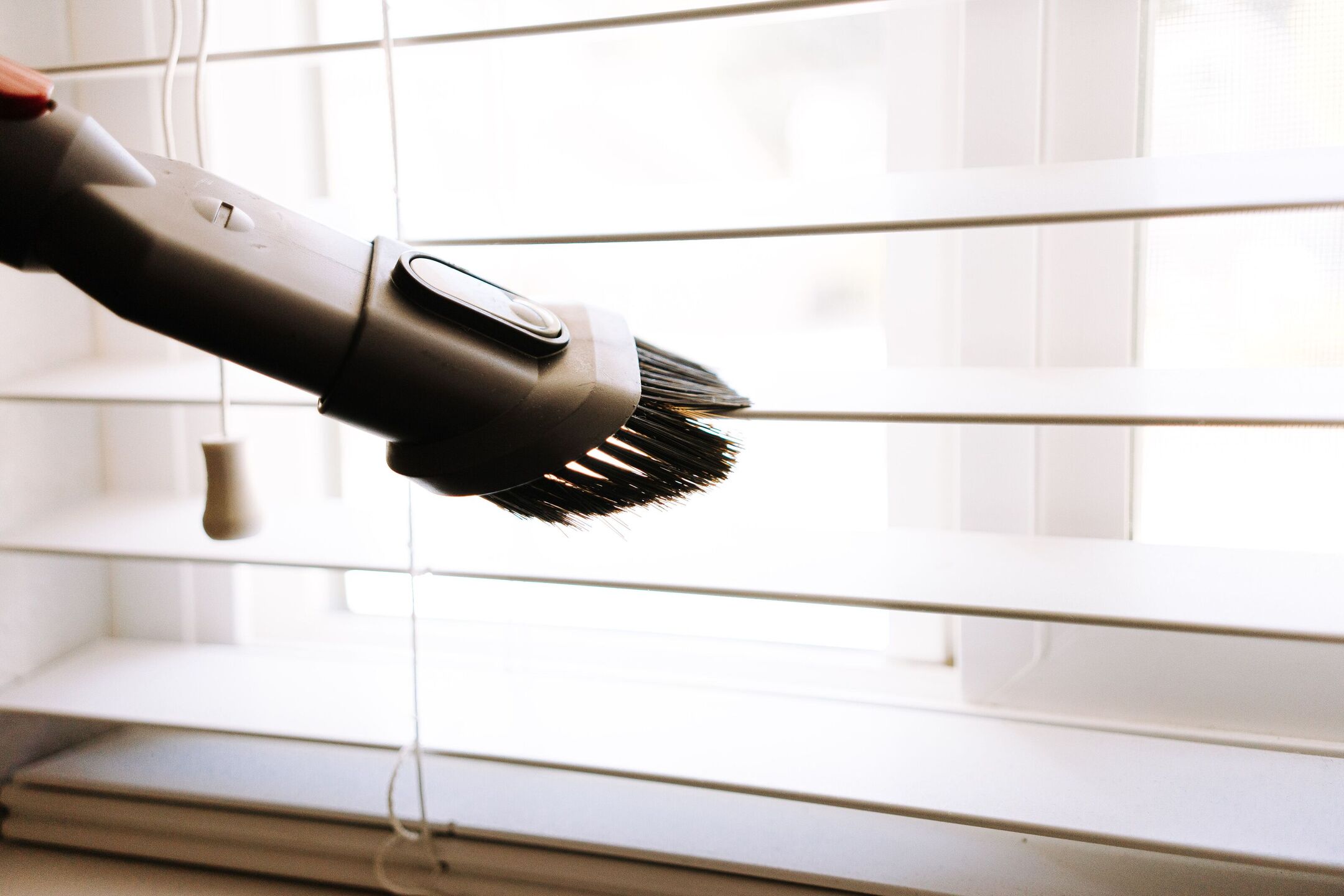

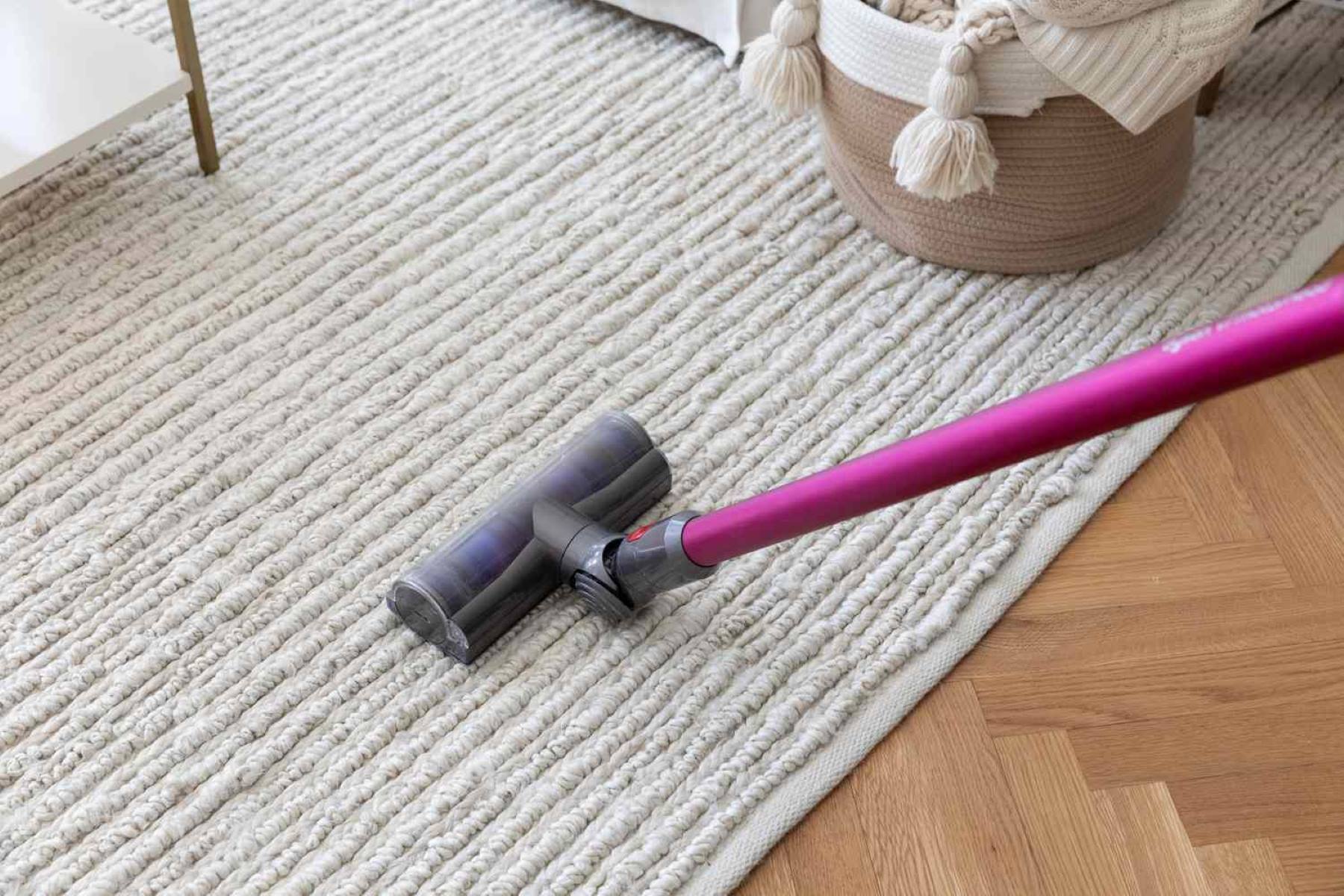
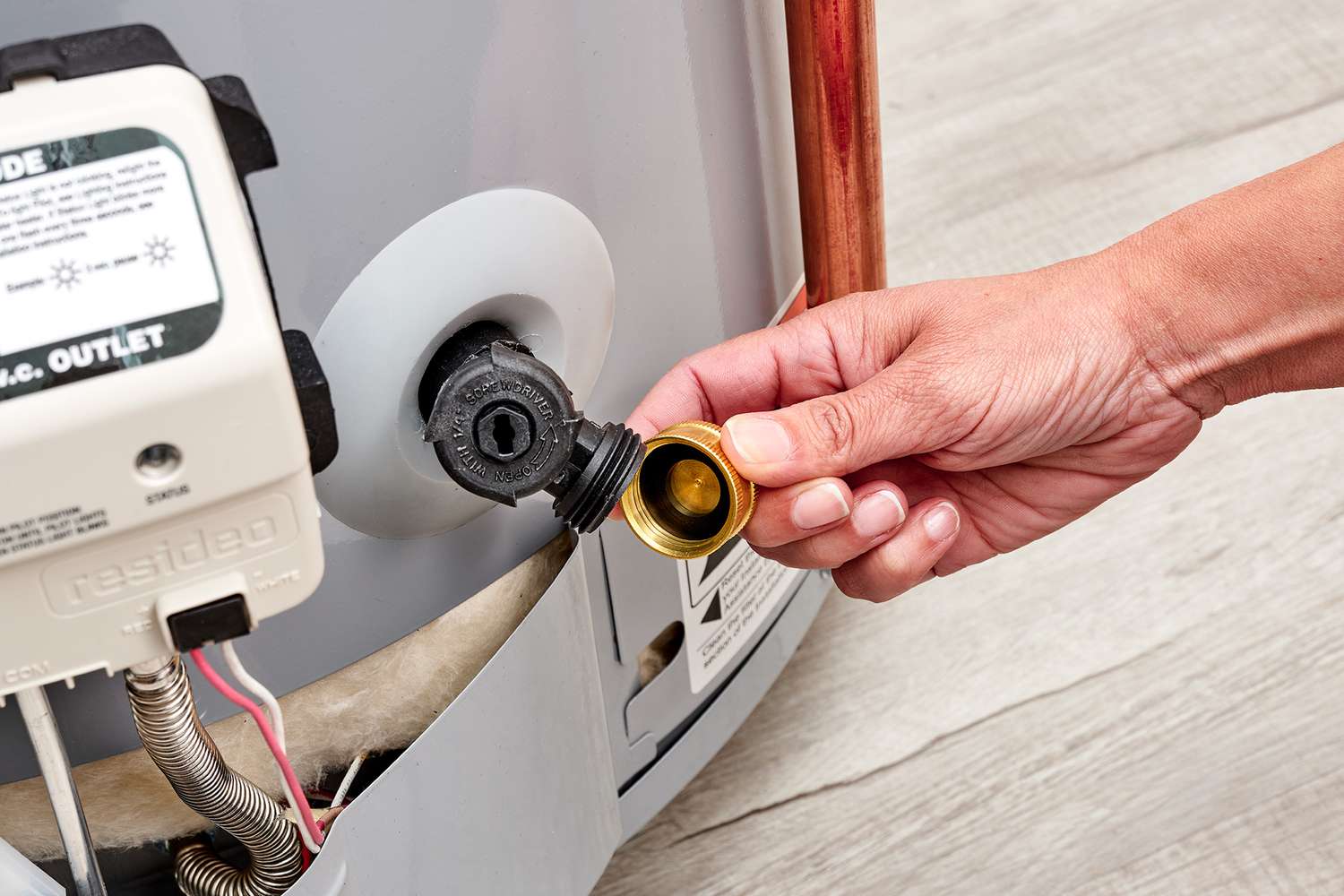

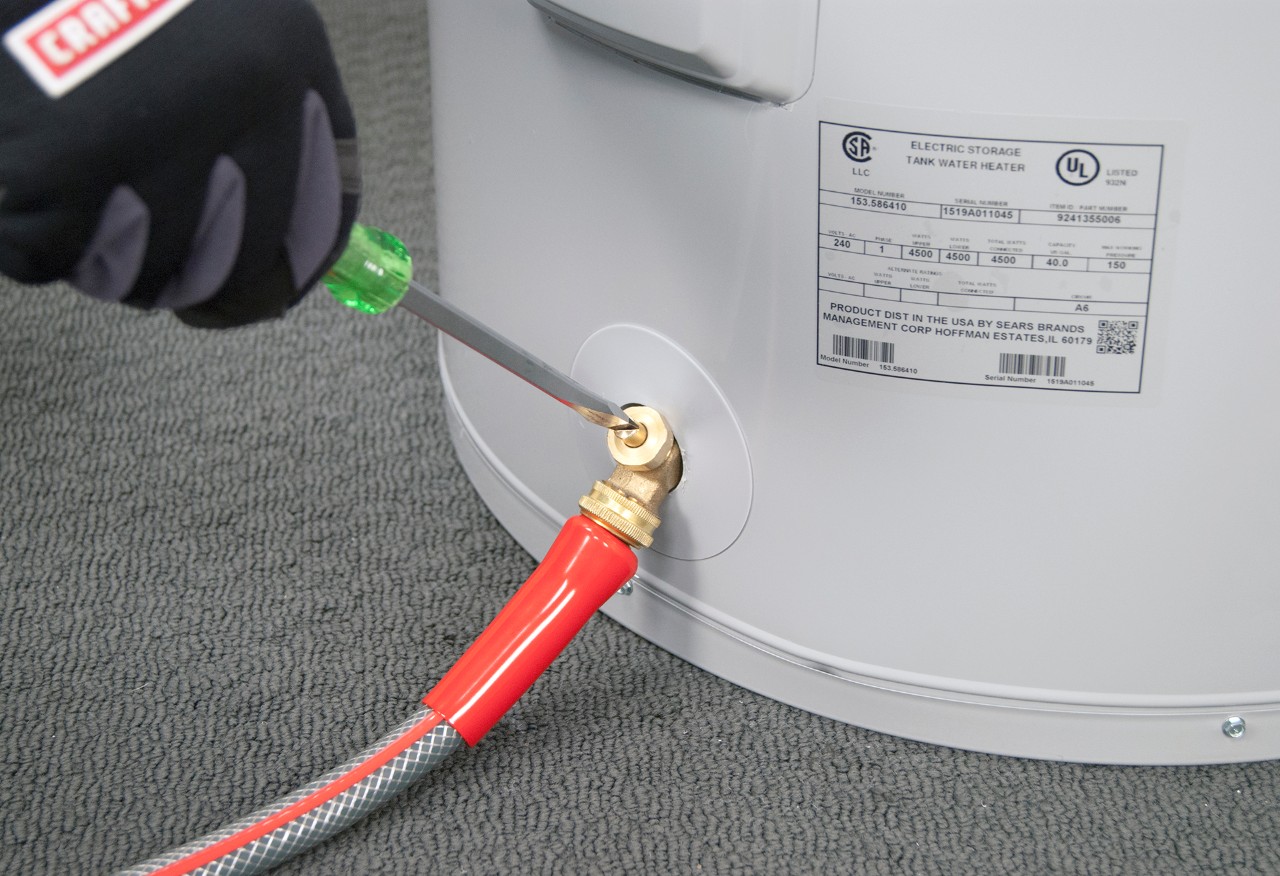



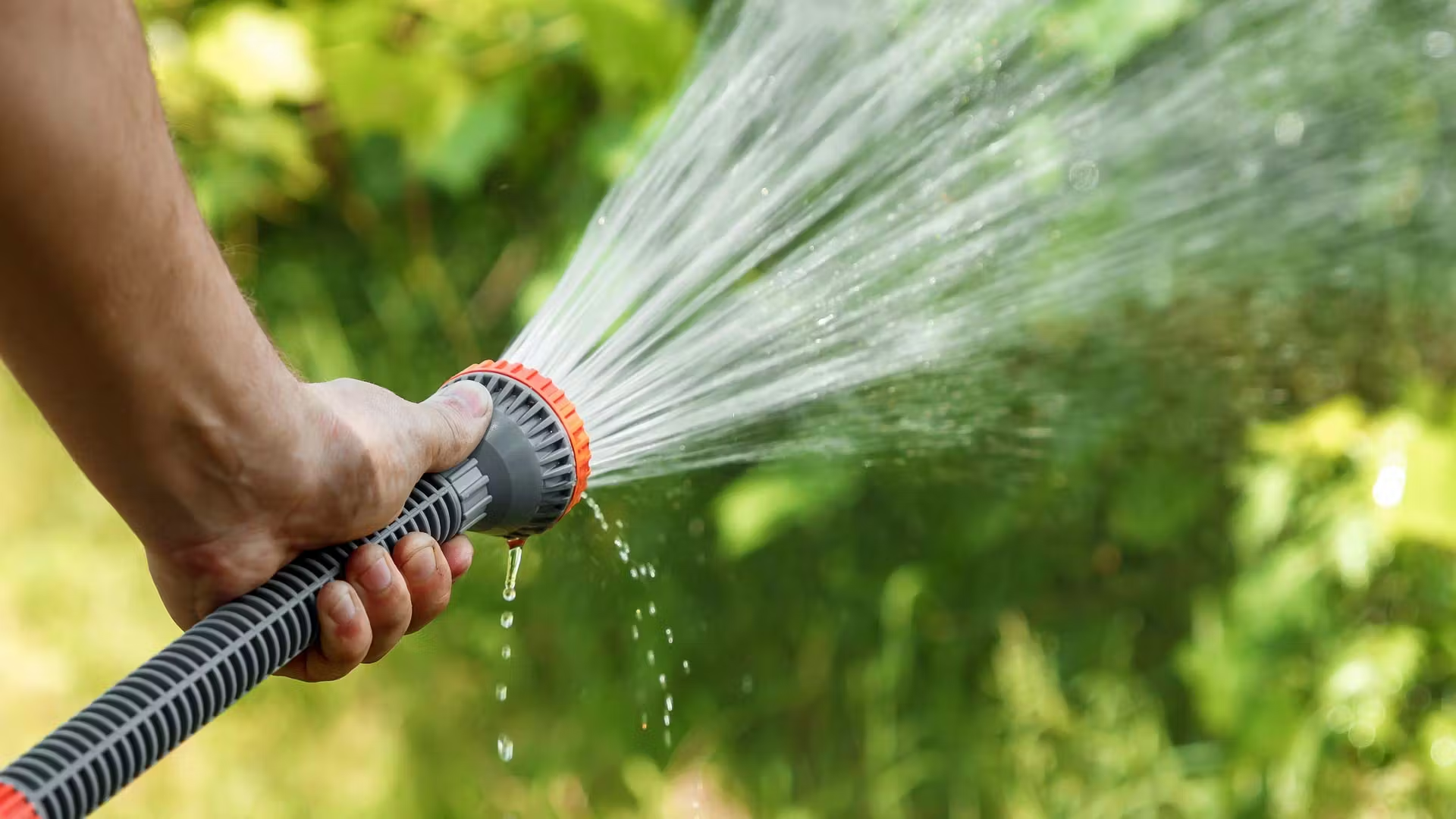
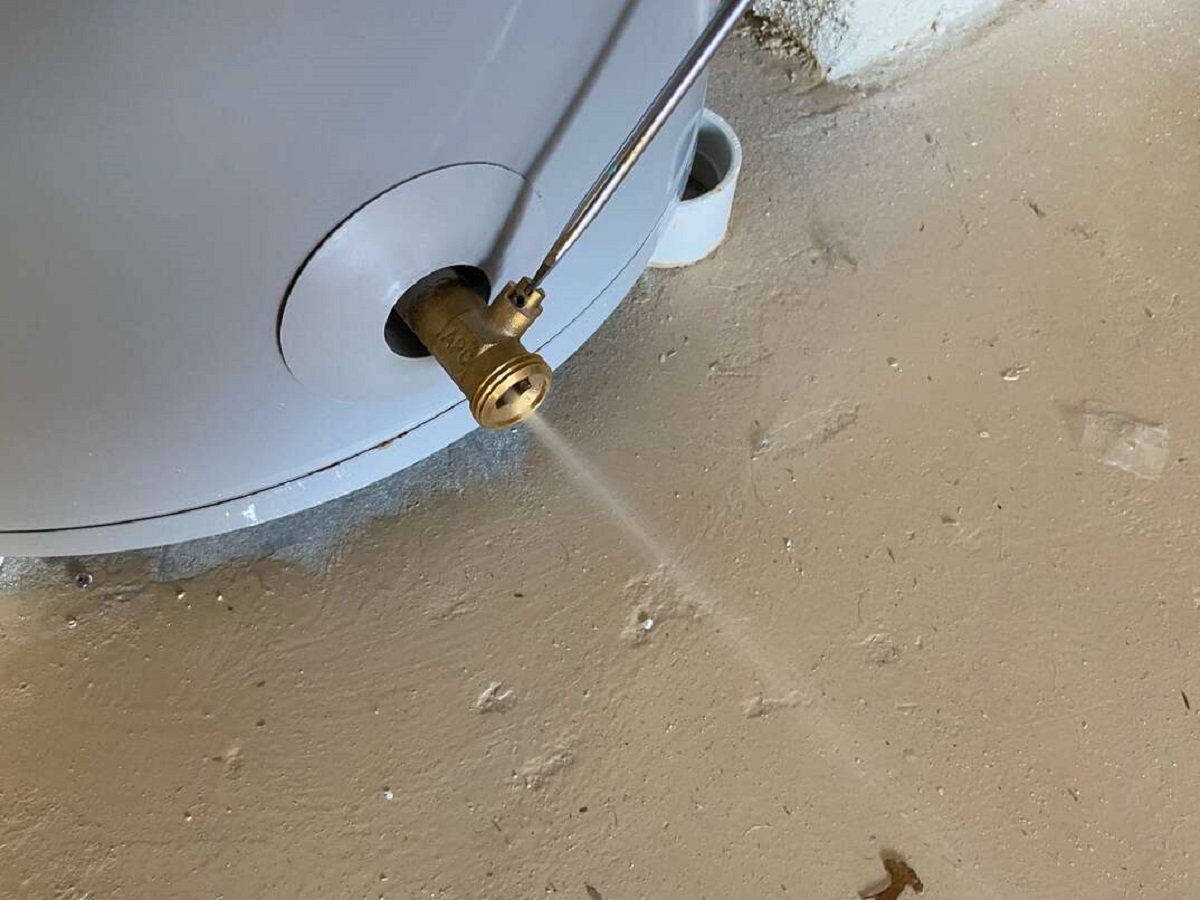
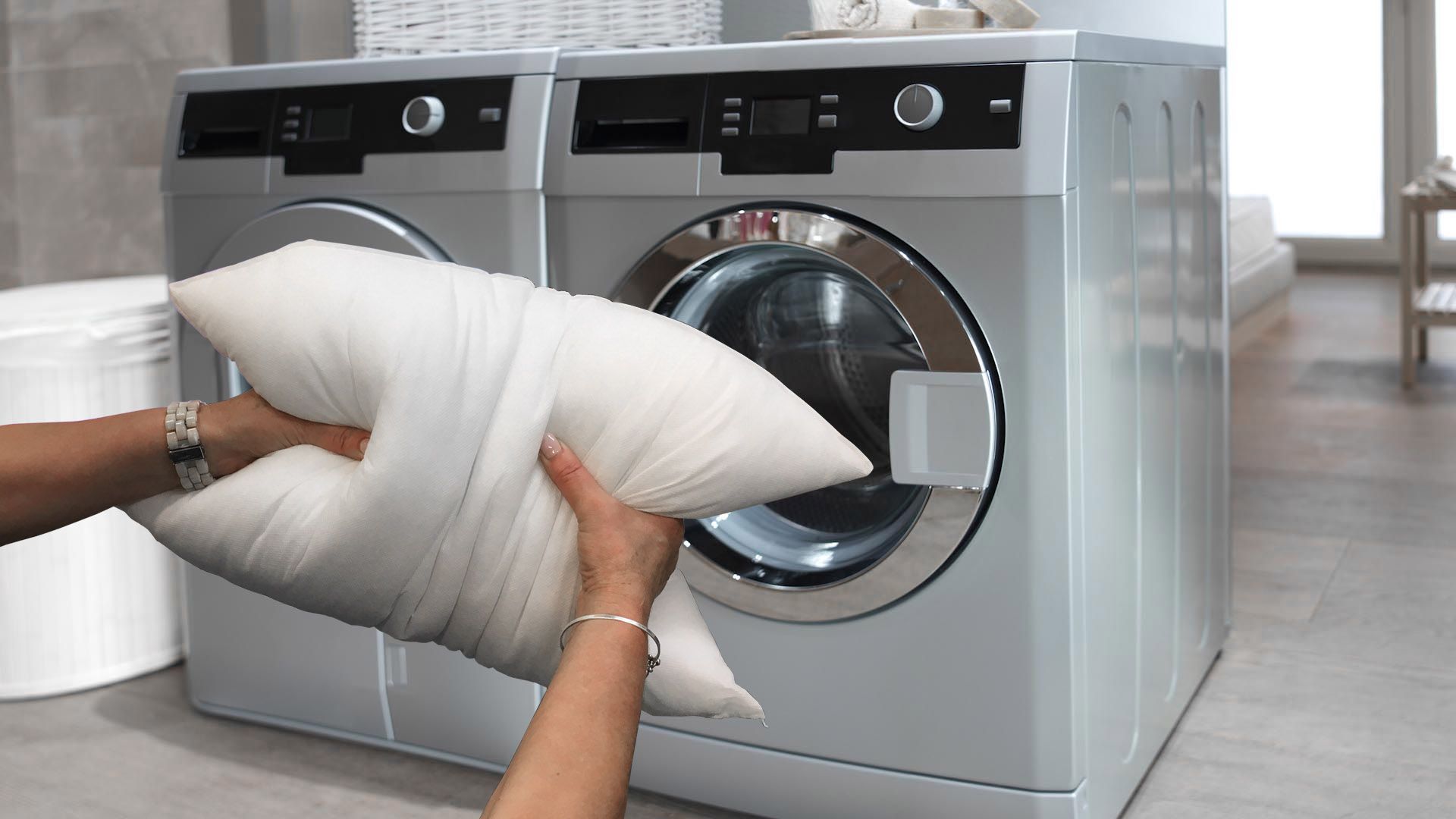

0 thoughts on “How Often Should You Drain Your Water Heater”